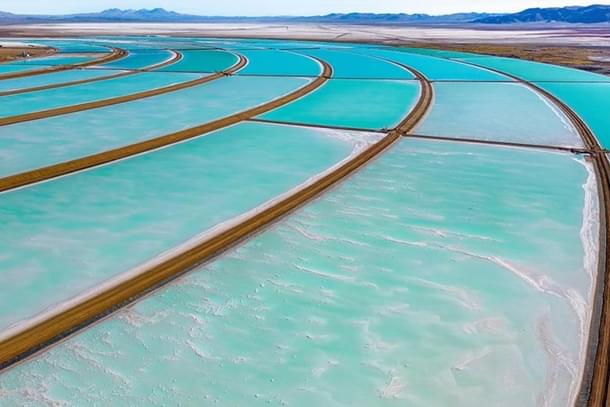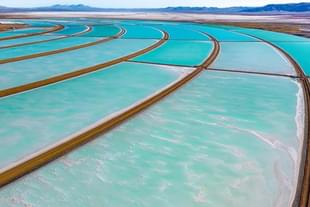Infrastructure
Long Road To Lithium: What Is Stalling India's Critical Mineral Pursuit
Swarajya Staff
Jul 30, 2024, 03:29 PM | Updated Aug 05, 2024, 03:29 PM IST
Save & read from anywhere!
Bookmark stories for easy access on any device or the Swarajya app.


India's quest for a domestic lithium supply is set to face delays after the government scrapped the auction for a lithium mine in Jammu and Kashmir.
On 14 March, the Ministry of Mines had announced the auction of seven blocks as part of its third tranche of critical mineral sales. However, the auction for three blocks, including the Salal-Haimana lithium block in J&K, was called off due to a lower-than-required number of bidders.
The discovery of 5.9 million tonnes of lithium in the Salal-Haimana area of Reasi District, Jammu and Kashmir, in February last year had spurred government enthusiasm to expedite their exploitation.
One of the key challenges in the critical mineral supply chain lies in the global market dynamics, which can result in price volatility and supply disruptions. To overcome these challenges, the Centre has been working tirelessly to identify and develop domestic sources of critical minerals.
The tepid response from investors is raising concerns, and it's important to recognise that lithium isn't the only critical mineral facing challenges in attracting private investment.
Last month, the government also called off the auction of 14 critical mineral blocks from the second tranche. In the first tranche, 13 of the 20 blocks offered were withdrawn due to insufficient interest.
That said, it's worth mentioning that Kolkata-based Maiki South Mining Pvt Ltd has secured a composite licence (prospecting-cum-mining) to further explore the lithium block in Katghora, Chhattisgarh.
Industry experts attribute the low interest in some blocks to a lack of sufficient data on potential reserves. Many of these blocks are believed to have only minimal extractable quantities, which raises questions about their commercial feasibility.
Technological challenges add to the complexity. For example, the lithium block in J&K contains clay deposits, and the technology for extracting lithium from clay has not yet been proven on a global scale.
Globally, lithium is typically found in brine, hard rock, and clay deposits. India's lithium reserves in J&K are of the clay type, which is yet to be commercially validated worldwide.
In the US, companies like Lithium Americas are approaching commercialisation for extracting lithium from clay deposits in Nevada, but projects such as Thacker Pass are not anticipated to become operational before 2026. Thus, the commercialisation of the J&K lithium mine may be a prolonged endeavour.
Even for the Katghora mine, which is in the form of hard rock, while the extraction and processing technology is commercially proven, extensive exploration is needed to determine the ore characteristics. Thus, production from Chhattisgarh block is unlikely to commence in the near term.
Given the lengthy timelines required to establish new exploration, extraction, and processing operations, India must promptly tackle these challenges to fully leverage its natural resources for manufacturing.
To accelerate progress, attracting international firms with expertise in lithium mining and processing will be crucial.
As India ventures into this new phase, it can draw important lessons from South American countries, particularly the 'lithium triangle' of Bolivia, Chile, and Argentina, which together hold about half of the world’s known lithium reserves.
In both Bolivia and Chile, lithium extraction is either managed by the state or requires partnerships between private companies and state-owned enterprises.





